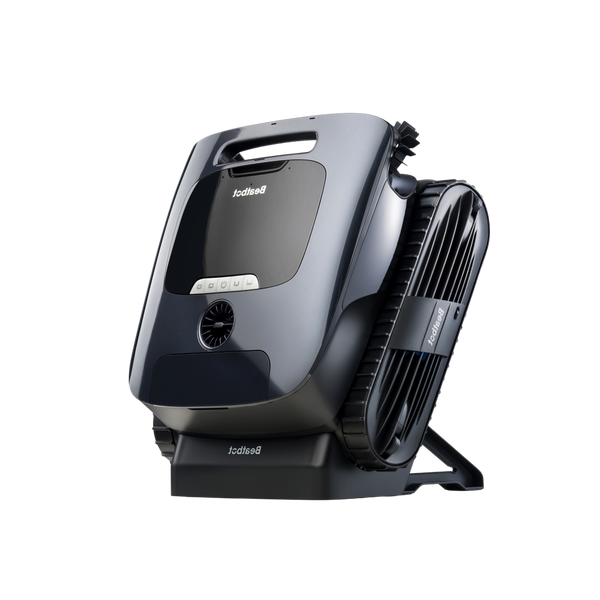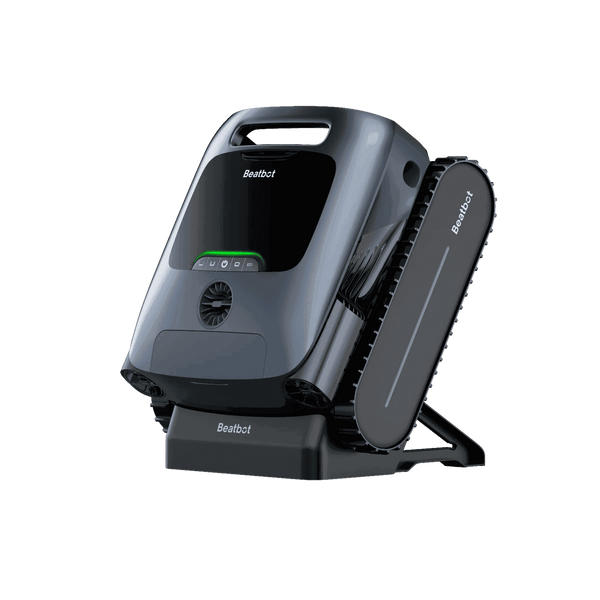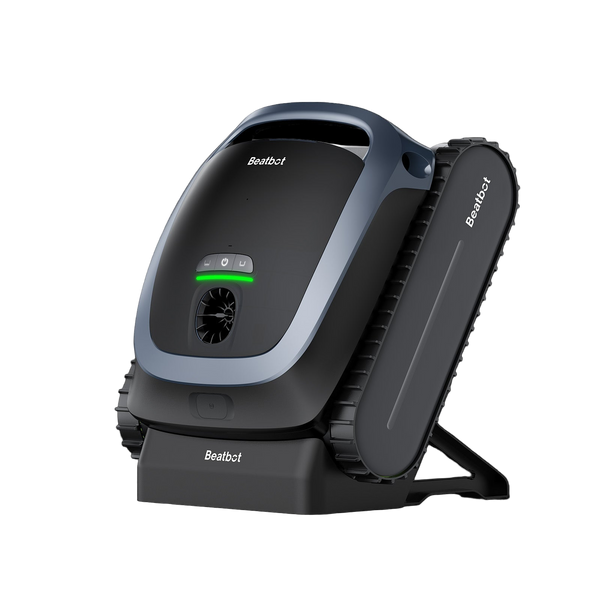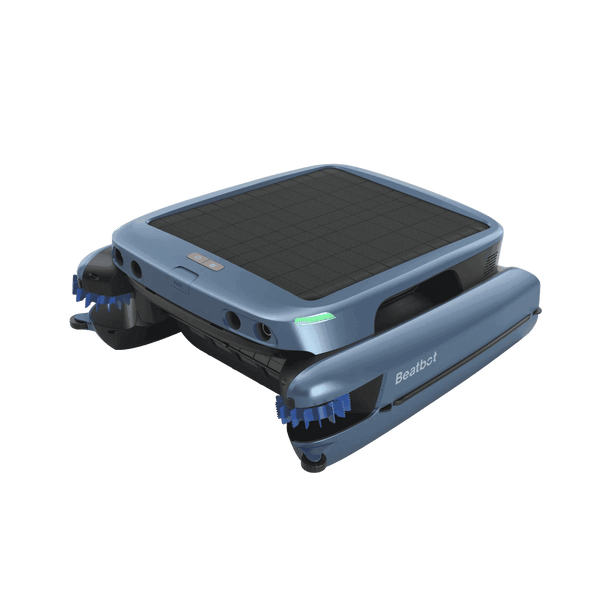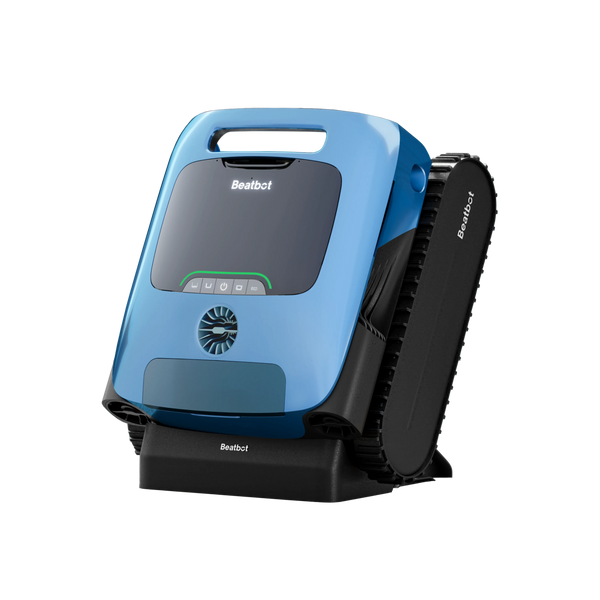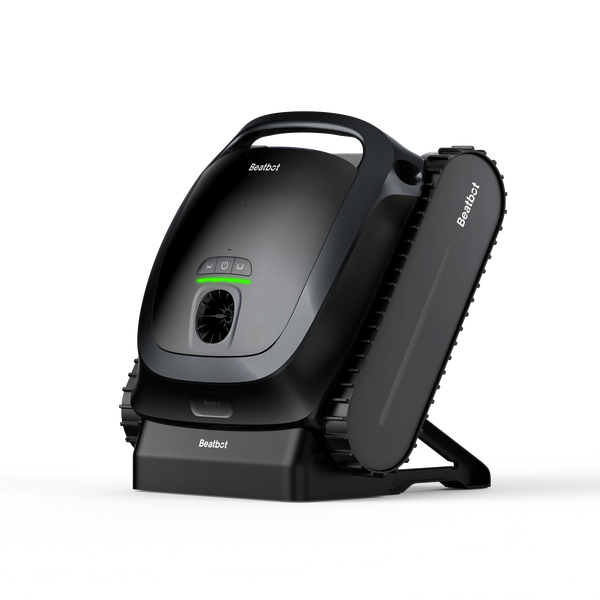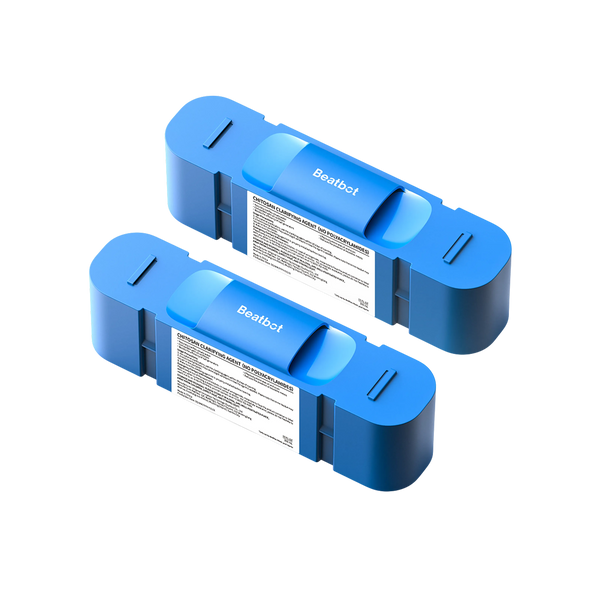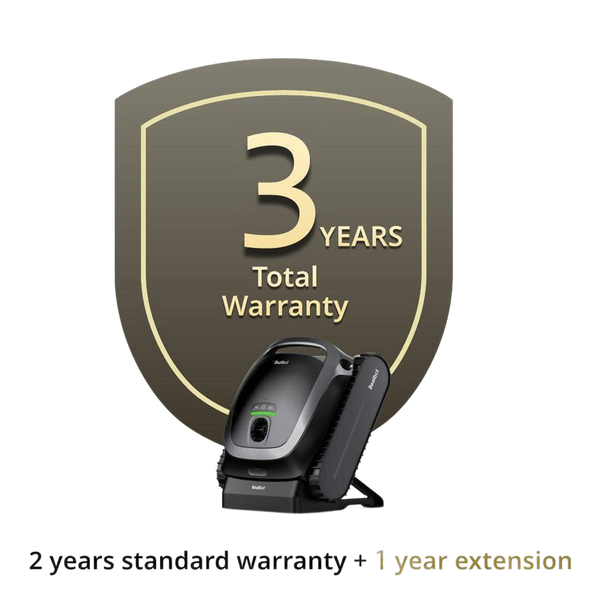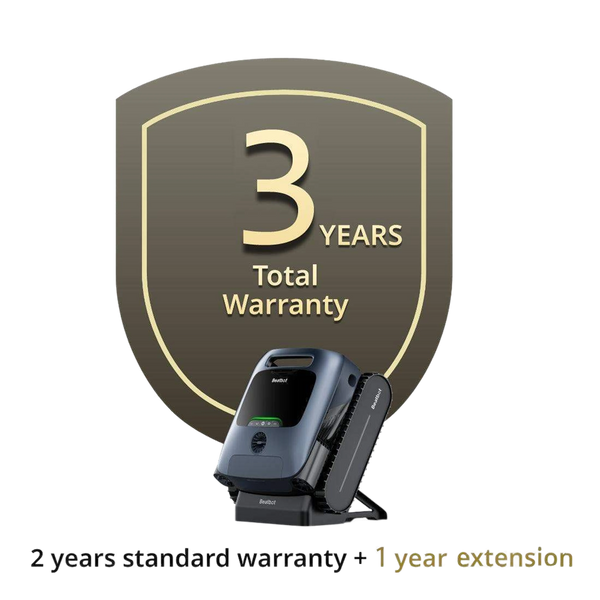Crystal Clear: The Ultimate Robotic Pool Cleaner Guide
2024-3-25
Embark on a comprehensive journey towards achieving and maintaining immaculate pool water clarity effortlessly with the cutting-edge technology of robotic pool cleaners. Explore this guide filled with expert insights, advanced techniques, and an in-depth exploration of the numerous benefits that robotic pool cleaners offer to maintain your pool as a pristine oasis for relaxation and enjoyment.
Table of contents
Understanding the Importance of Pool Water Clarity
Understanding the Importance of Pool Water Clarity is fundamental to ensuring a safe and inviting swimming environment. Beyond its aesthetic appeal, crystal-clear water indicates a well-maintained and balanced pool ecosystem. It showcases attention to detail in pool care and signifies an environment where swimmers can enjoy a hygienic and refreshing experience.
Clear water allows for easy monitoring of the pool floor, aiding in identifying any potential hazards or irregularities. Furthermore, from a safety standpoint, improved visibility in clear water enables lifeguards or guardians to supervise swimmers better, enhancing overall safety. Embracing the significance of pool water clarity encompasses visual and functional aspects, contributing to a positive and enjoyable swimming environment for all.

Harnessing the Power of Robotic Pool Cleaners for Optimal Results
Robotic pool cleaners represent the pinnacle of innovation in pool maintenance, offering unparalleled efficiency, convenience, and effectiveness in maintaining optimal cleanliness. These intelligent devices are equipped with state-of-the-art features that enable them to clean pool floors or walls, scrub, vacuum, and filter water with precision, and high-end products like Beatbot AquaSense Pro can even navigate on the water surface to eliminate the floating debris to ensure pristine, crystal-clear results every time.
The Advantages of Robotic Pool Cleaners
Efficiency
Robotic pool cleaners operate autonomously, meticulously cleaning pools without manual intervention, ensuring thorough coverage and outstanding results.
Convenience
With navigation systems, robotic pool cleaners offer effortless operation, allowing you to unwind while the device does the hard work. Some high-end robots like Beatbot AquaSense Pro even smartly return and park on the pool surface after cleaning and automatically release water, making retrieval convenient.
Economical Benefits
While the initial outlay for a robotic pool cleaner may be more than traditional cleaning methods, the ongoing savings and minimized need for chemicals make these devices a financially savvy choice for ensuring pristine and welcoming pool water.
A Comprehensive Approach to Achieving Clear Pool Water
Maintaining a pristine and inviting pool requires a blend of routine care and strategic interventions. Here's how to ensure your pool remains a sparkling oasis.
1. Arrange a Consistent Cleaning Routine
Regularly clean with your robotic pool cleaner for optimal water clarity and cleanliness. Allow the device to methodically clean all areas of your pool, ensuring no spot is left untouched. To remove floating debris on the water surface with a robotic pool cleaner, you can invest in the most advanced models, which effortlessly skim the water surface, leaving no debris or contaminants behind.
2. Enhance Filtration System Performance
A well-maintained filtration system is essential for capturing impurities and maintaining clear pool water. Regularly clean and inspect filters to optimize filtration efficiency and ensure proper water circulation throughout the pool.

3. Master the Art of Water Chemistry Management
Regularly check and fine-tune the chemical levels in your pool water to prevent imbalances that could lead to cloudy water or algae growth. Properly balanced water chemistry promotes clarity and safeguards swimmers' health and safety.
Common Pool Chemical Problems
Understanding potential pool chemical problems is crucial in maintaining a pristine swimming environment. Some common issues include:
- pH Imbalance : A pH level that's too high or low can cause skin and eye irritation.
- Chlorine Demand : Insufficient chlorine levels can lead to inadequate sanitation.
- Calcium Hardness : Low levels can corrode pool surfaces, while high levels may cause scaling.
4. Swiftly Address Algae Infestations
Clearing cloudy pool water quickly requires a multi-faceted approach. Begin by identifying potential causes such as chemical imbalances, poor filtration, or algae growth. Here’s a streamlined guide to get your pool crystal clear:
Test and Balance Water Chemistry
Start by testing your pool's chemical levels. Ensure pH, alkalinity, and chlorine levels are within recommended ranges. Adjust as necessary using pH increasers or reducers, alkalinity balancers, and chlorine stabilizers.Enhance Filtration
Check your pool's filtration system. Clean or backwash filters to enhance efficiency. Consider running the pump for extended periods to improve circulation and filtration of particles causing cloudiness.Use a Pool Clarifier
Add a pool clarifier to help particles clump together, making it easier for your filter to capture them. Follow the manufacturer's instructions for optimal results.Swiftly Address Algae Infestations
In the event of algae growth in your pool water, take immediate action to eliminate it. Utilize algaecides or shock treatments to eradicate algae, and leverage your robotic pool cleaner to remove any lingering remnants.
By following these steps, you can effectively tackle the various factors contributing to cloudy pool water and restore clarity in no time.
5. Maintain and Optimize Your Robotic Pool Cleaner
Regularly inspect and maintain your robotic pool cleaner to ensure it operates at peak performance. Carefully clean the filters, brushes, and components regularly to preserve the unit's effectiveness in clearing your pool water. Investing in a highly efficient and advanced robotic pool cleaner like Beatbot would be wise.
6. Test and Balance Chemicals
Use test kits to monitor pH, chlorine, and alkalinity levels. Adjust these levels as needed to maintain a healthy and clear pool environment, preventing skin and eye irritation for swimmers.
7. Swiftly Address Algae Infestations
In the event of algae growth in your pool water, take immediate action to eliminate it. Utilize algaecides or shock treatments to eradicate algae, and leverage your robotic pool cleaner to remove any lingering remnants.
8. Protect Against Weather and Contaminants
Cover your pool when not in use to protect it from leaves, dirt, and other debris. This practice minimizes the load on your cleaning systems and helps maintain water clarity.
9. Maintain and Optimize Your Robotic Pool Cleaner
Regularly inspect and maintain your robotic pool cleaner to ensure it operates at peak performance. Carefully clean the filters, brushes, and components regularly to preserve the unit's effectiveness in clearing your pool water.
By integrating these practices into your regular pool maintenance routine, you're not just ensuring clear water—you're creating a safe, enjoyable space that maximizes the benefits of both manual and automated cleaning solutions.
How Long Should You Run a Swimming Pool Pump?
Determining the optimal duration to run your swimming pool pump is crucial for maintaining clean, sparkling water while ensuring efficient energy use. Here’s a comprehensive guide to help you decide.
Understanding Pump Operation
The primary role of your pool pump is to circulate water, allowing the filtration system to remove debris, dirt, and contaminants. Efficient circulation helps distribute chemicals evenly, preventing algae growth and maintaining water clarity.
Factors Influencing Pump Run Time
Pool Size and Volume: Larger pools with more water require longer pump run times to ensure proper circulation.
Bather Load: The more people use the pool, the more contaminants are introduced, necessitating longer pump operation.
Climate and Weather: Warmer climates or frequent rain increase the need for longer filtration times to combat algae and debris.
Pump Efficiency and Type: Variable-speed pumps adjust to optimal speed, reducing required run times compared to single-speed pumps.
General Guidelines for Pump Run Time
Baseline Recommendation: Start by running your pump for about 8 hours per day. This duration allows the entire volume of water to circulate at least once, which is often adequate for routine maintenance.
Variable Speed Adjustments: If you have a variable-speed pump, run it longer but at a lower speed. This approach can be more energy-efficient while achieving thorough filtration.
Seasonal Adjustments: Increase pump run times during peak swimming season and reduce during off-peak times, like cooler months, to conserve energy.
Testing and Monitoring
Water Clarity Tests: Observe your pool’s water clarity to fine-tune pump operation. If the water turns cloudy, extend the pump run time until clarity improves.
Energy Usage Considerations: Monitor your energy bills and adjust your pumping schedule to balance cleanliness and cost-effectiveness.
Conclusion
Finding the right balance for your pool pump run time depends on various factors, including pool size, usage, and environmental conditions. By understanding these elements and making necessary adjustments, you can maintain a clean pool while optimizing energy efficiency. Regular observation and slight tweaks can help create a swimming environment that’s both inviting and cost-effective.
Conclusion
Traditionally, clearing a pool requires significant effort and time on the part of individuals. However, with advancements in science and technology, robotic pool cleaners have revolutionized this process. By integrating the advanced capabilities of robotic pool cleaners with expert tips and techniques, you can achieve and sustain sparkling, crystal-clear pool water effortlessly.
Choose a robotic pool cleaner today, especially high-end robots like Beatbot AquaSense Pro, to revolutionize your pool maintenance regimen and revel in the beauty of a pristine aquatic sanctuary right in your backyard.
Relative Blogs
About the author
